Humans news stories
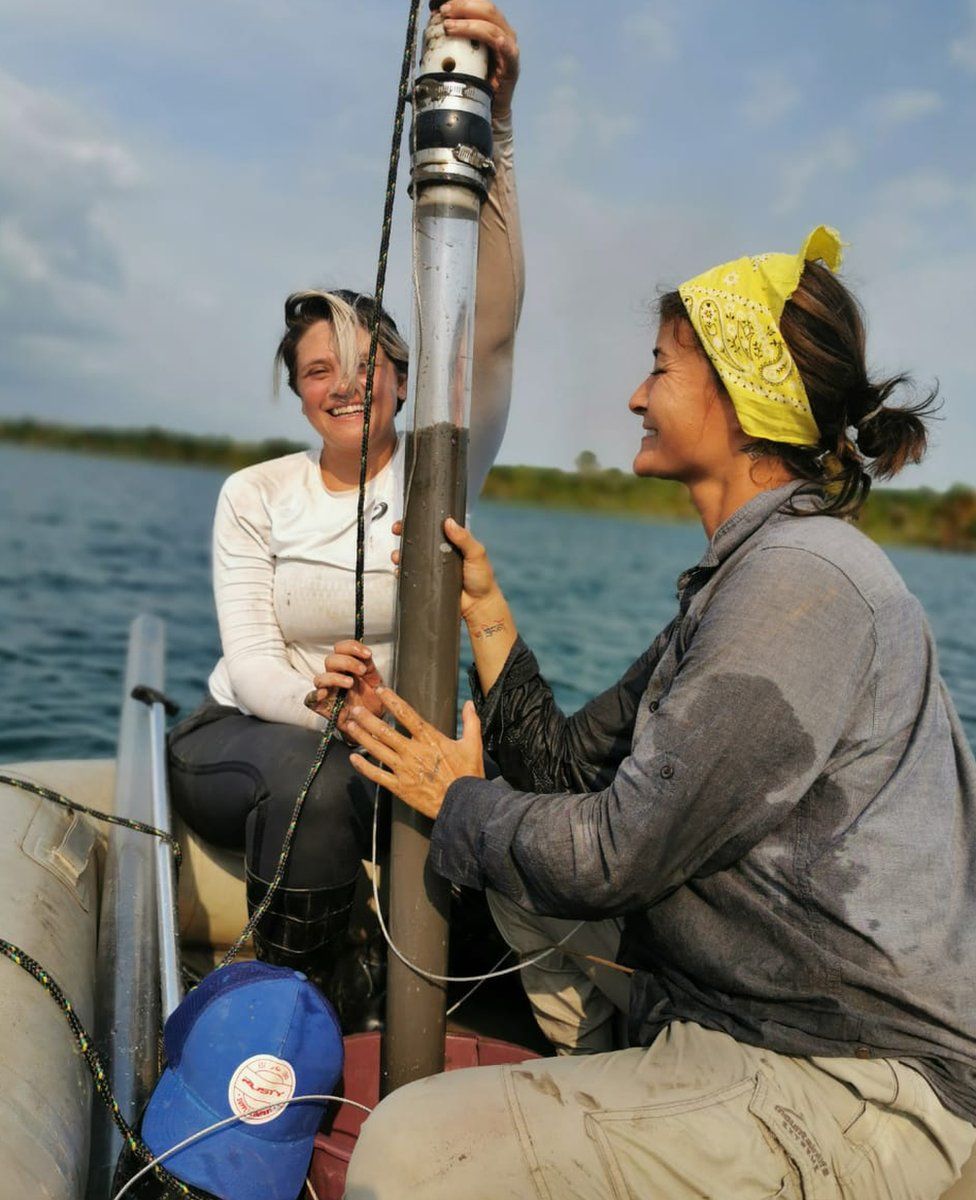
Scientists have been uncorking long, thin cylinders of soil from wetlands and riverbeds in an attempt to look back in time and understand the impact humans have had on nature. The results have made them radically rethink previous assumptions about when this started.

Former heavyweight champion calls psilocybin an ‘amazing medicine’.
Image from:Glenn Francis (Toglenn) (Wiki Commons)

Some of the first modern humans to settle in East Asia more than 40,000 years ago ranged across the vast northern China Plateau for thousands of years, where they hunted red deer and may have encountered Neanderthals and other archaic humans.

TWO seemingly disparate scientific disciplines have been drawn into each other’s orbits, set on a collision course.

We can’t see it, barely understand it, but know that it exists because of the powerful influence it exerts on space.
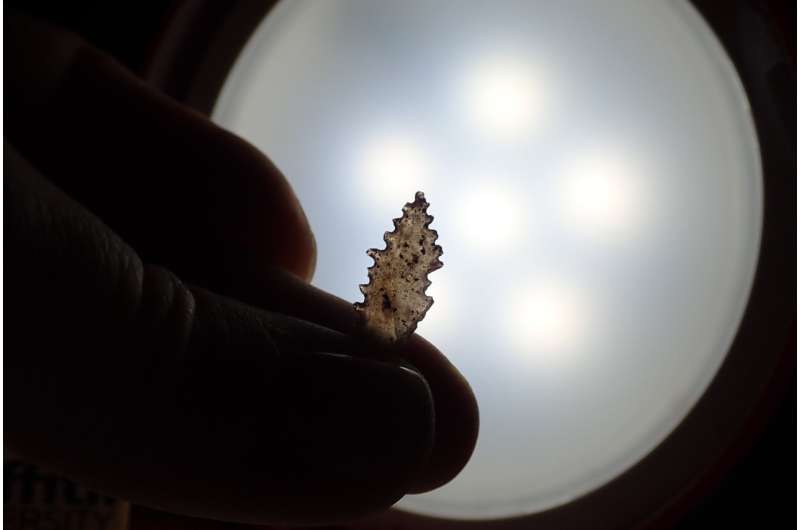
New research has questioned theories that a mysterious group of hunter-gatherers from Indonesia interacted with Aboriginal Australians thousands of years ago and provides a basis for future understanding of the people who made tiny, but precise implements out of stone.
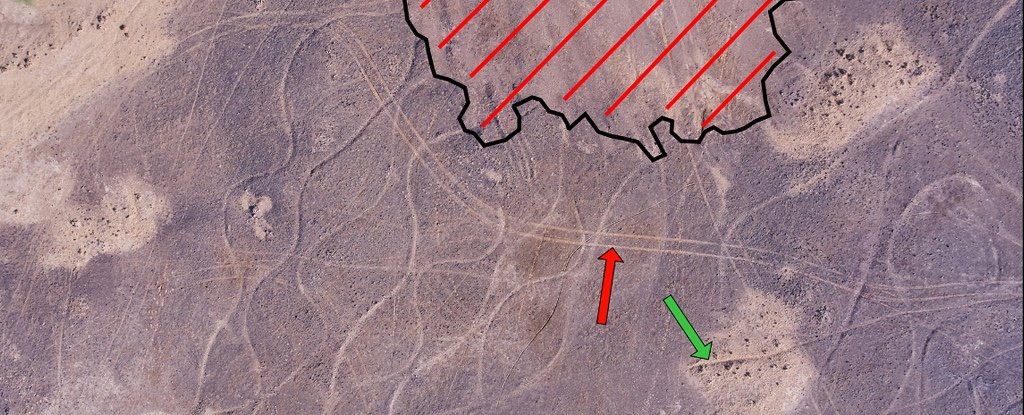
Hidden in the vast, arid expanses of India’s Thar Desert lie mysterious old drawings carved into the land. These newly discovered designs are of such immense scale, they were likely never able to be glimpsed in their entirety by those who made them, researchers say.

Assembly Theory method ‘vital to support the first discovery of life beyond Earth,’ researcher says.
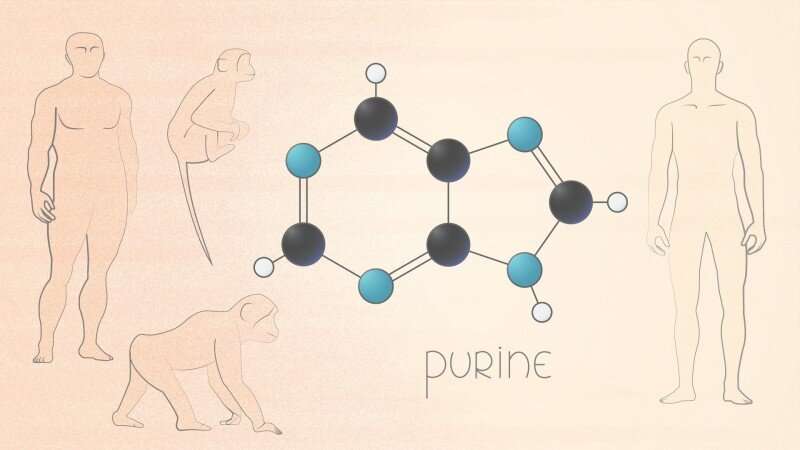
Skoltech scientists and their colleagues from Germany and the United States have analyzed the metabolomes of humans, chimpanzees, and macaques in muscle, kidney, and three different brain regions.

About 250 tombs, some with fancy layouts and hieroglyphics, have been discovered cut into a hill at Al-Hamidiyah cemetery to the east of Sohag, in Egypt’s Eastern Desert, about 240 miles (386 kilometers) southeast of Cairo, Egypt’s antiquities ministry said.

As the drug inches toward regulatory approval, desperate people are going underground to treat urgent mental health issues.
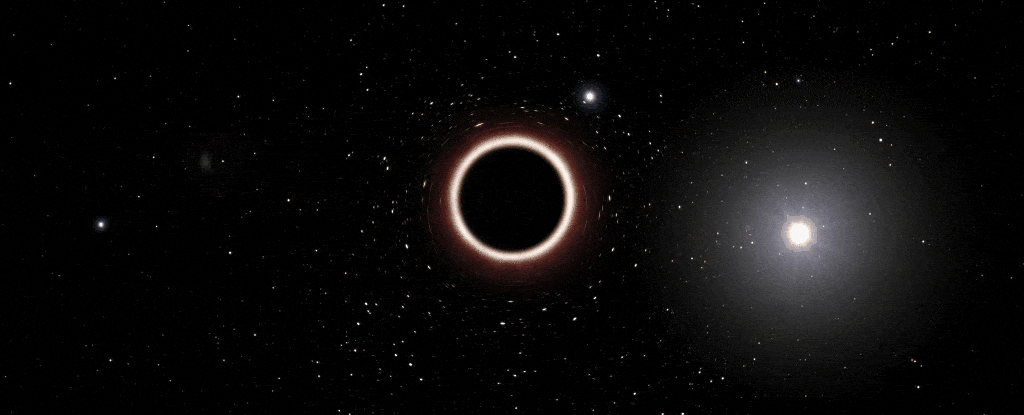
We sort-of take it for granted that there’s a supermassive black hole at the center of the Milky Way galaxy, but we can’t really go there and check. What if something else is actually lurking in this messy, dusty region?

BY THE TIME Sophie took MDMA for the first time at my mental health clinic, she was willing to try just about anything. Now in her late fifties, Sophie (not her real name) had struggled for most of her life with post-traumatic stress disorder, suffering from insomnia, hypervigilance, and flashbacks to the abuse she suffered as a child.

Important research on Stonehenge could be put in jeopardy if the threatened closure of one of the UK’s most renowned university archaeology departments goes ahead, leading experts on the prehistoric monument have warned.

A new study has shown, for the first time, that humans recognize the intended meanings of iconic vocalizations — basic sounds made by people to represent specific objects, entities and actions — regardless of the language they speak.









